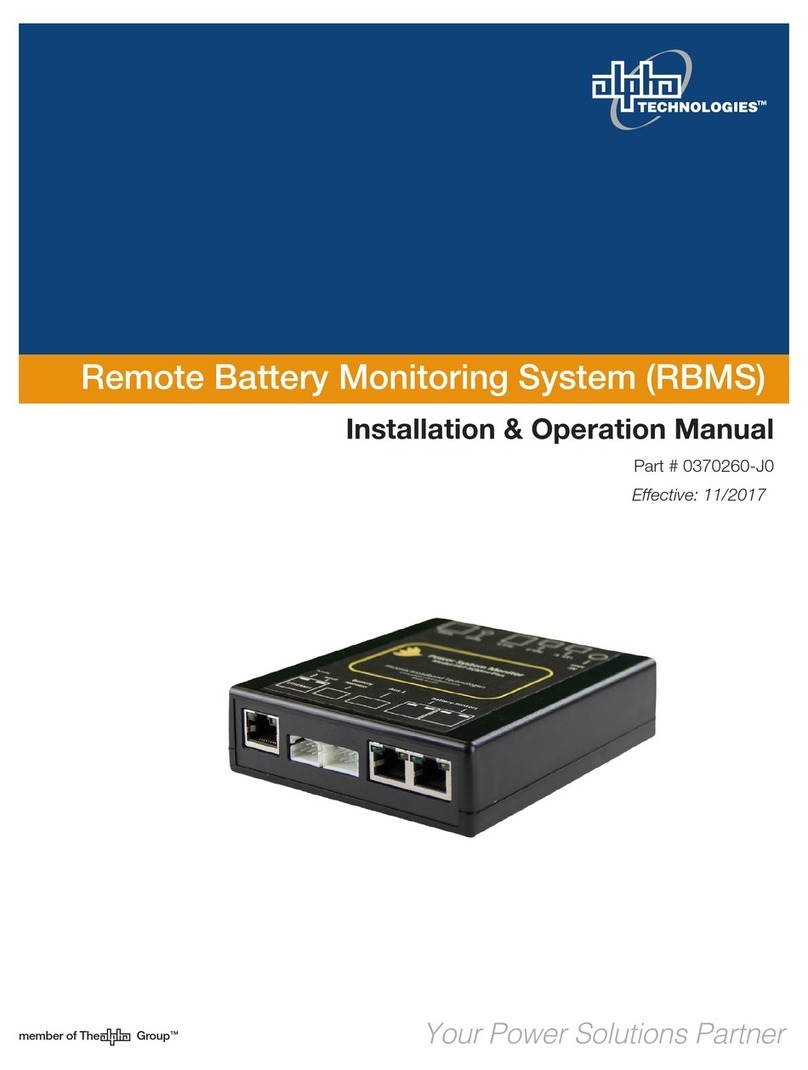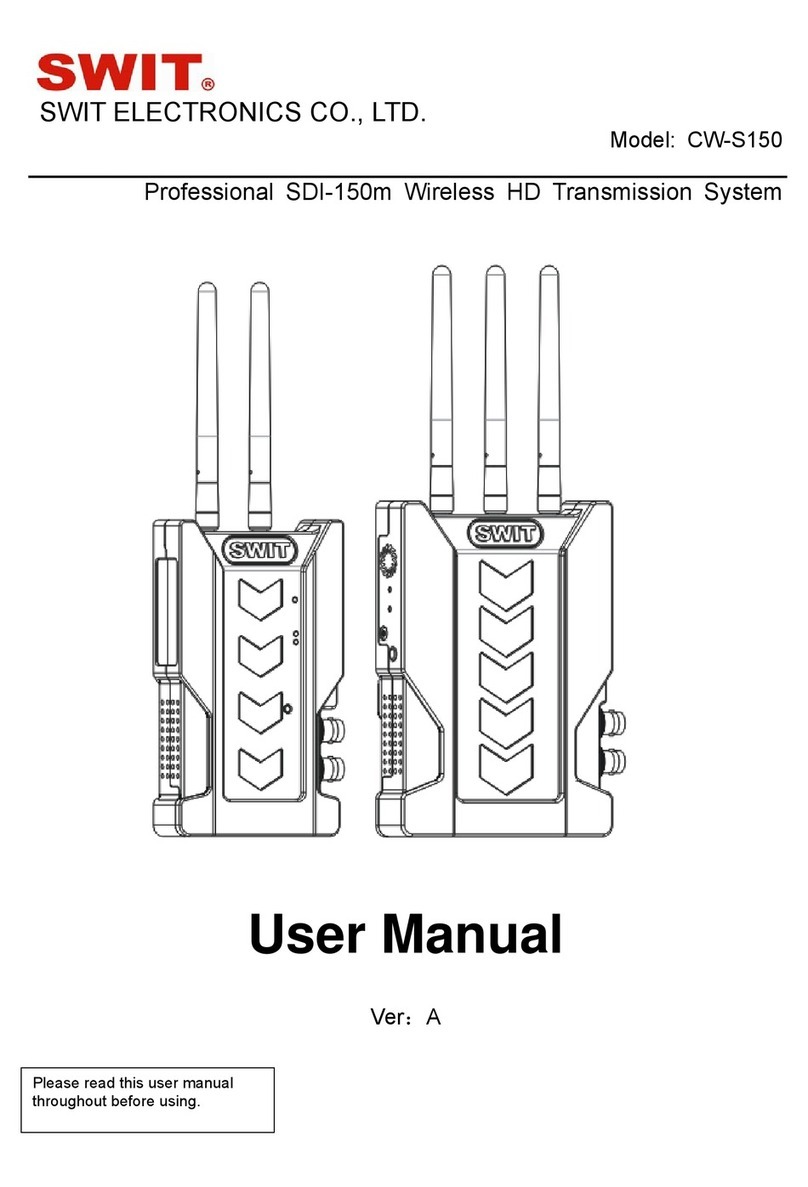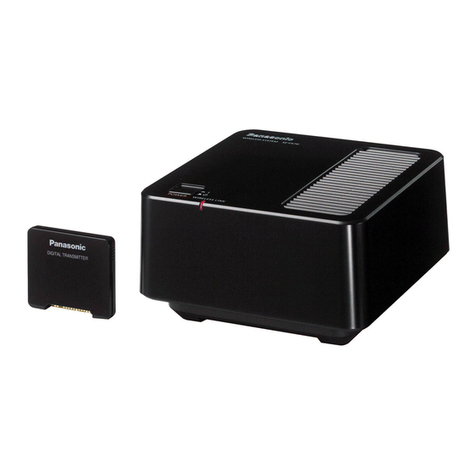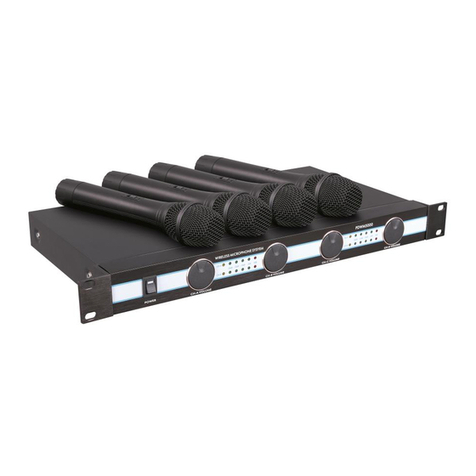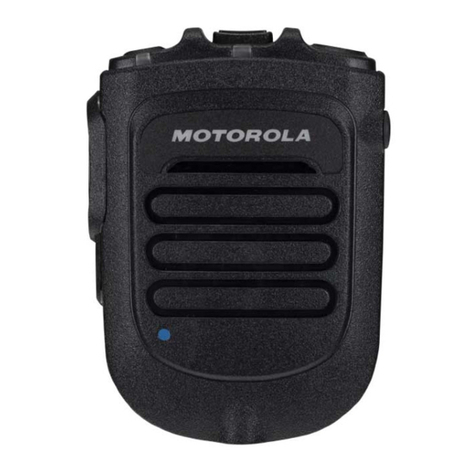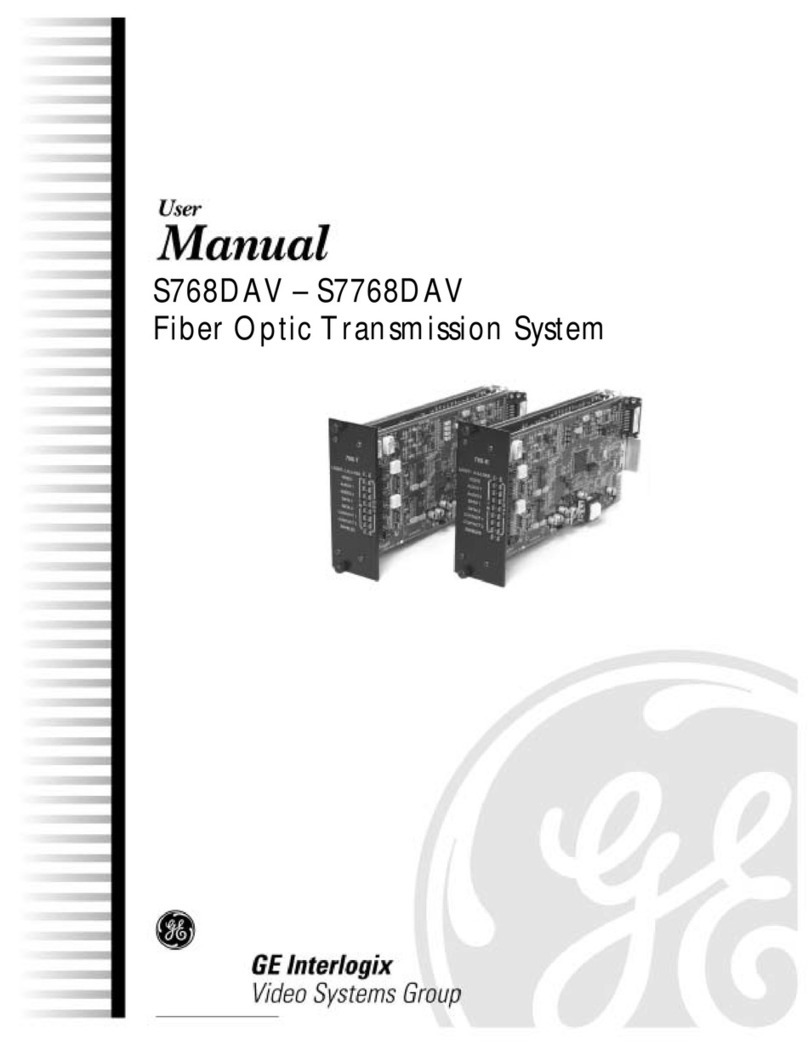
9
5 Construction and function
5.1 Summary and functional description
nstalled in the return pipe of the solar circuit, the
solar station is designed for the connection of the
storage cylinder and the collector.
The return line of the solar station features a ball valve
with integrated check valve to prevent gravity
circulation when the pump is switched off. The safety
group featuring a safety valve, a draining ball valve
and a connection for an expansion tank is connected
to the lateral coupling of the ball valve.
The circulation pump installed in the return line is
especially suitable for use in solar circuits.
The flow measuring and regulating device allows a
fine setting of the volume flow. n general, the
required volume flow depends on the number of
collectors or the equipment of the solar plant.
The flow measuring and regulating device can be shut
off completely. The solar pump can be replaced after
isolation of the flow measuring and regulating device
and the pump ball valve.
The transmission station features an integrated supply
line with an isolating ball valve with check valve and
a vent pot for the deaeration of the heat transfer
medium.
Thermometers are included in the handles of the ball
valves.
5.2 Markings
• CE marking on the pump:
CE marking
6 Installation
The pipework has to be flushed thoroughly before
installation of the solar station.
Observe warning advice under paragraph 2
(safety notes)!
The solar station has to be installed vertically
(flow direction of the pump “upwards” to
the collector)!
This installation position provides a good
optical display of the thermometers, pressure
gauge and flow measuring and regulating
device.
The functions of the mechanical flow
measuring and regulating device, deaerator
and the safety valve are only guaranteed
when vertically installed!
NOTICE
!
After installation, check all installation points for
leaks.
• Do not use any greasing agents or oils
for the installation, as these can destroy
the seals. Any dirt particles or grease or
oil residues must be flushed out before
the solar station is installed.
• When choosing the operating fluid,
the latest technical status has to be
considered (e.g. VD 2035).
• Do not use any solvents for flushing the
system, as these can cause damage to
plastic parts, such as pump impellers.
• Please protect against external forces
(e.g. impacts, vibrations etc.).
CAUTION
!
Before starting work, make sure that the
pipework and components have cooled
down and been drained.
Before work commences, please ensure
that all electrical components (controllers,
pumps, etc.) are disconnected from the
power supply!
WARNING
!
The solar station always has to be installed at a lower
level than the collectors so that no steam may
penetrate the expansion tank if stagnation occurs.
f the expansion tank is installed at the same or a
higher level than the solar station, a thermal insulation
loop is required.
The installation has to be flushed with fresh water
after each draining operation.
The solar station is not suitable for direct contact with
swimming pool water or solvents.
6.1 Safety valve
The following points must be observed during
installation of the discharge pipe:
– The discharge pipe has to be laid with a decline.
− The size of the discharge pipe has to be identical
to the outlet size of the diaphragm safety valve.
− The discharge pipe should not feature more than
two elbows and a length of 2 m should not be
exceeded.
− The discharge pipe has to be laid so that a back
pressure is avoided when the safety valve opens.
− The discharge pipe must not be laid in the open,
and the discharge must be freely accessible and
controllable.
− Escaping heat transfer liquid must be drained
without risk.
− f the discharge pipe ends above a draining funnel,
the diameter of the outlet of the draining funnel
must be twice the size of the valve entry.

